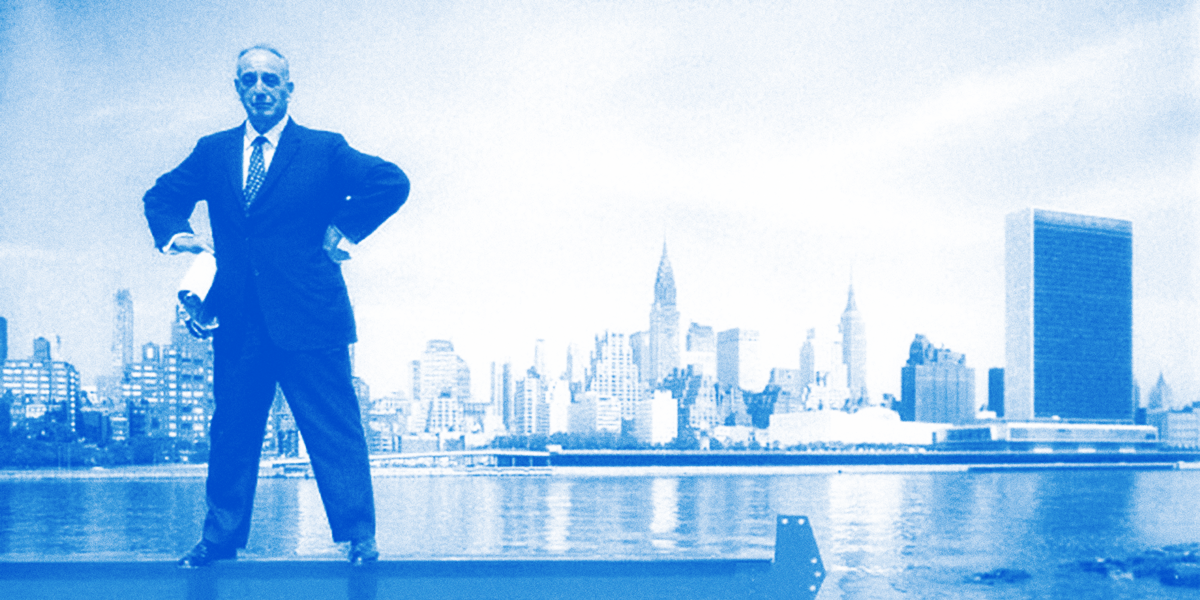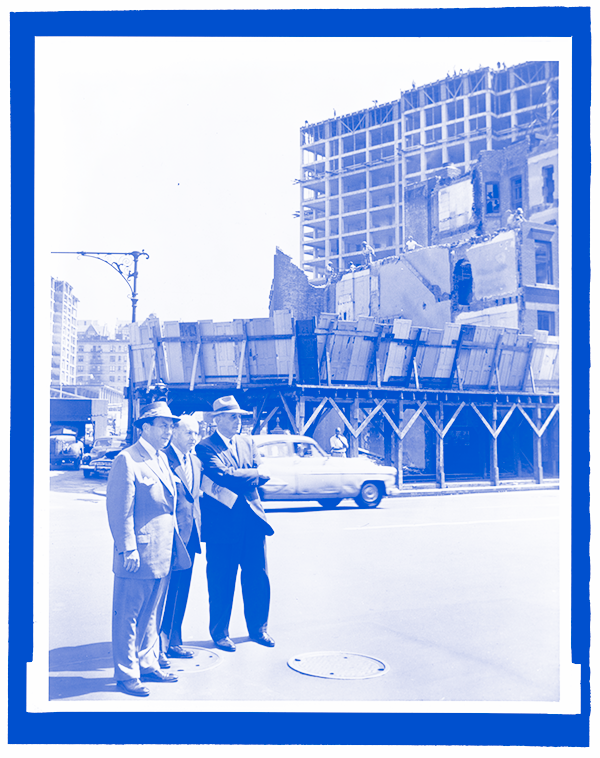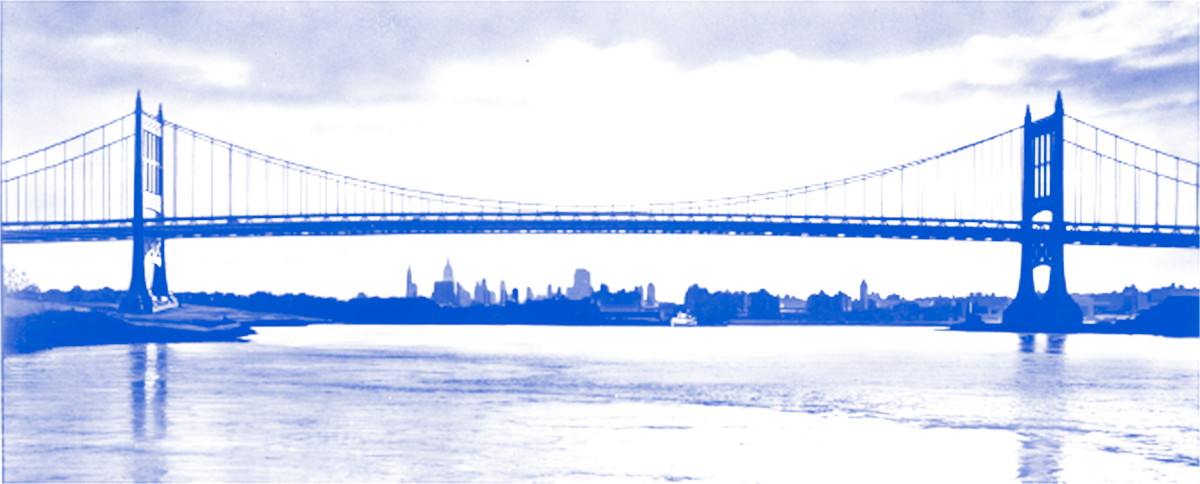ne
ja
co
bs
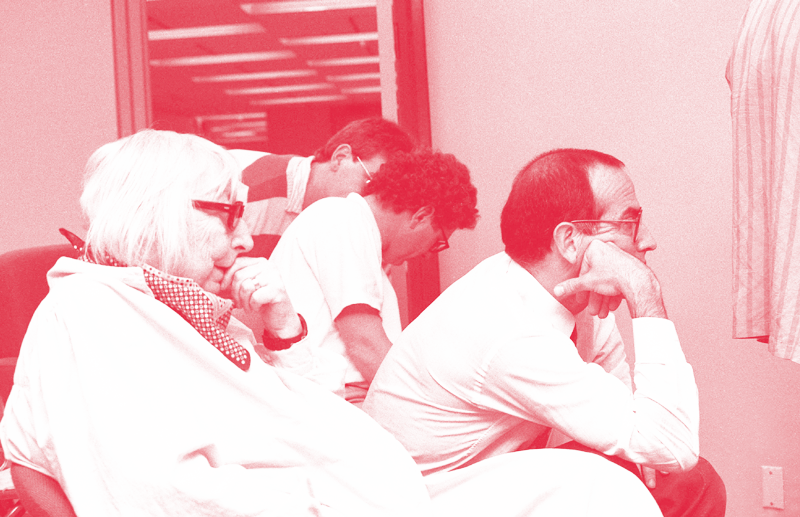
For the first time I liked school and for the first time I made good marks. This was almost my undoing because after I had garnered, statistically, a certain number of credits I became the property of Barnard College at Columbia, a to take, it seemed, what Barnard wanted me to take, not what I wanted to learn. Fortunately my high-school marks had been so bad that Barnard decided I could not belong to it and I was therefore allowed to continue getting an education.
On March 25, 1952, Jacobs responded to Conrad E. Snow, chairman of the Loyalty Security Board at the United States. Department of State. In her foreword to her answer she saidThe other threat to the security of our tradition, I believe, lies at home. It is the current fear of radical ideas and of people who propound them. I do not agree with the extremists of either the left or the right, but I think they should be allowed to speak and to publish, both because they themselves have, and ought to have, rights, and once their rights are gone, the rights of the rest of us are hardly safe
Opposing expressways and supporting neighborhoods were common themes in her life. In 1962, she was the chairperson of the “Joint Committee to Stop the Lower Manhattan Expressway”, when the downtown expressway plan was killed. She was again involved in stopping the Lower Manhattan Expressway and was arrested during a demonstration on April 10, 1968. Jacobs opposed Robert Moses, who had already forced through the Cross- Bronx Expressway and other roadways against neighborhood opposition. A late 1990s Public Broadcasting Service [PBS] documentary series on New York’s history devoted a full hour of its fourteen hours to the battle between Moses and Jacobs, although Robert Caro’s highly critical biography of Moses, The Power Broker, gives only passing mention to this event, despite Jacobs’s strong influence on Caro.Reason
Jane Jacobs
What do you think you’ll be remembered for most? You were the one who stood up to the federal bulldozers and the urban renewal people and said they were destroying the lifeblood of these cities. Is that what it will be?
No. If I were to be remembered as a really important thinker of the century, the most important thing I’ve contributed is my discussion of what makes economic expansion happen. This is something that has puzzled people always. I think I’ve figured out what it is.¶ Expansion and development are two different things. Development is differentiation of what already existed. Practically every new thing that happens is a differentiation of a previous thing, from a new shoe sole to changes in legal codes. Expansion is an actual growth in size or volume of activity. That is a different thing.¶ I’ve gone at it two different ways. Way back when I wrote The Economy of Cities, I wrote about import replacing and how that expands, not just the economy of the place where it occurs, but economic life altogether. As a city replaces imports, it shifts its imports. It doesn’t import less. And yet it has everything it had before.
It’s not a zero-sum game. It’s a bigger, growing pie.
That’s the actual mechanism of it. The theory of it is what I explain in The Nature of Economies. I equate it to what happens with biomass, the sum total of all flora and fauna in an area. The energy, the material that’s involved in this, doesn’t just escape the community as an export. It continues being used in a community, just as in a rainforest the waste from certain organisms and various plants and animals gets used by other ones in the place.
One son and his family live right down the block, though, and see her often. She is 83 now, and was a little incapacitated from knee surgery when I stopped by on a bright September afternoon this year.
The inside of her house was pretty pure Sixties Bohemian Intellectual. The Jacobs had removed some interior walls, so the first floor kitchen, dining room, and living room all flowed together. There was a great groaning wall of books, of course, and other surfaces were still painted the bright colors of the Go-Go era, when the family moved there. Near the bay window in front she displaye a native-American breastplate and her tablecloth in the dining room was a bold aboriginal print. There were drawings by her daughter, who lives in the backwoods of British Columbia, and lots of family photographs everywhere. Her office is a spare bedroom upstairs in the rear where it is especially quiet.Ms. Jacobs still looks like that famous photo of her taken in the White Horse tavern in the West Village three dacades ago [a cigarette in one hand and a beer mug in the other]. Her hair is the same silvery helmet with bangs, and her big eyeglasses emphasize her role as the ever-penetrating observer, with an impish overlay. She still likes to drink beer, and worked on a bottle of some dark local brew while we talked. She was alert, humorous, and apart from her injured knee seemed to be in fine condition.
Jane Jacobs grew up in Scranton, Pa., the daughter of a doctor and a school- teacher. She worked briefly as a reporter for the Scranton Tribune and then went to New York City, where she plugged away as a freelance writer until she landed a staff job with Architectural Forum in 1952. The job gave her a priviliged perch for observing the fiasco of post-war “urban renewal” and Death and Life of Greatings by her daughter, who lives in the backwoods of British Columbia, and lots of family photographs everywhere. Her office is a spare bedroom upstairs in the rear where it is especially quiet.Ms. Jacobs still looks like that famous photo of her taken in the White Horse tavern in the West Village three dacades ago [a cigarette in one hand and a beer mug in the other]. Her hair is the same silvery helmet with bangs, and her big eyeglasses emphasize her role as the ever-penetrating observer, with an impish overlay. She still likes to drink beer,ings by her daughter, who lives in the backwoods of British Columbia...
The Economy of Cities The thesis of this book is that cities are the primary drivers of economic development. Her main argument is that explosive economic growth derives from urban import replacement. Import replacement occurs when a city begins to locally produce goods that it formerly imported, e.g., Tokyo bicycle factories replacing Tokyo bicycle importers in the 1800s.
The Question of Separatism: Quebec and the Struggle over Sovereignty The book incorporated and expanded Jacobs’ presentation of the 1979 Massey Lectures, entitled Canadian Cities and Sovereignty-Association. Published in 1980 and reprinted in 2011 with a previously unpublished 2005 interview on the subject, Jacobs’ book advances the view that Quebec’s eventual independence is best for Montreal, Toronto, the rest of Canada, and the world; and that such independence can be achieved peacefully. As precedent, she cites Norway’s secession from Sweden and how it enriched both nations. The origins of the contemporary secessionist- movement in the Quiet Revolution are examined, along with Canada’s historical reliance on natural resources and foreign-owned manufacturingfor its own economic development.
Cities and the Wealth of Nations It attempts to do for economics what The Death and Life of Great American Cities did for modern urban planning, though it has not received the same critical attention. Beginning with a concise treatment of classical economics, this book challenges one of the fundamental assumptions of the greatest economists. Classical (and Neo-classical) economists consider the nation-state to be the main player in macroeconomics. Jacobs argues that it is not the nation-state, rather it is the city which is the true player in this worldwide game. She restates the idea of import replacement from her earlier book The Economy of Cities, while speculating on the further ramifications of considering the city first and the nation second, or not at all.
Systems of Survival The book moves outside of the city, studying the moral underpinnings of work. As with her other work, she used an observational approach. This book is written as a Platonic dialogue. It appears that she (as described by characters in her book) took newspaper clippings of moral judgements related to work, collected and sorted them to find that they fit two patterns of moral behaviour that were mutually exclusive. She calls these two patterns “Moral Syndrome A”, or commercial moral syndrome, and “Moral Syndrome B”, or guardian moral syndrome.
The Nature of Economies A dialog between friends concerning the premise: “human beings exist wholly within nature as part of the natural order in every respect”, argues that the same principles underlie both ecosystems and economies: “development and co-development through differentiations and their combinations; expansion through diverse, multiple uses of energy; and self-maintenance through self- refueling.”
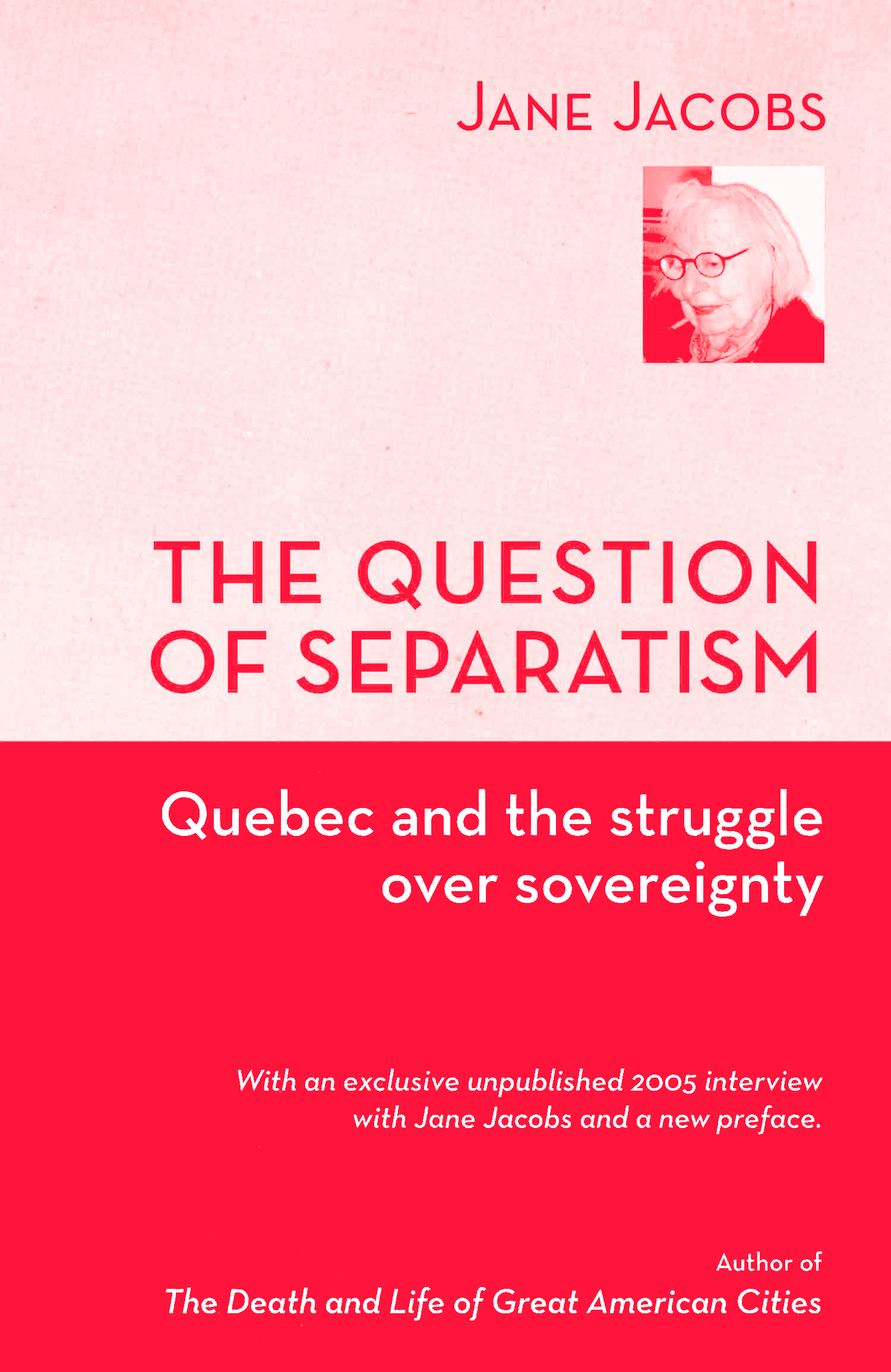
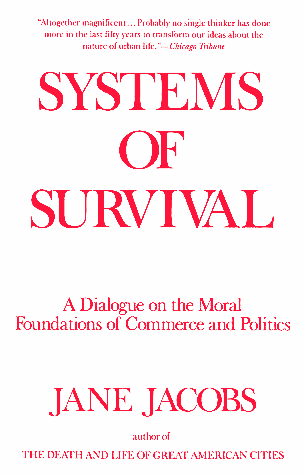

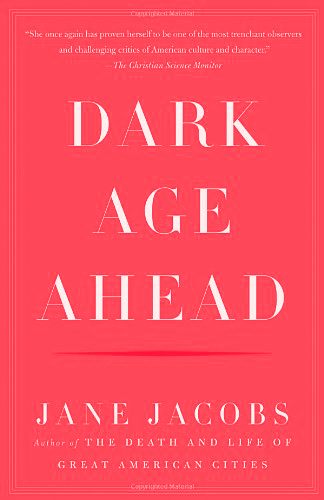
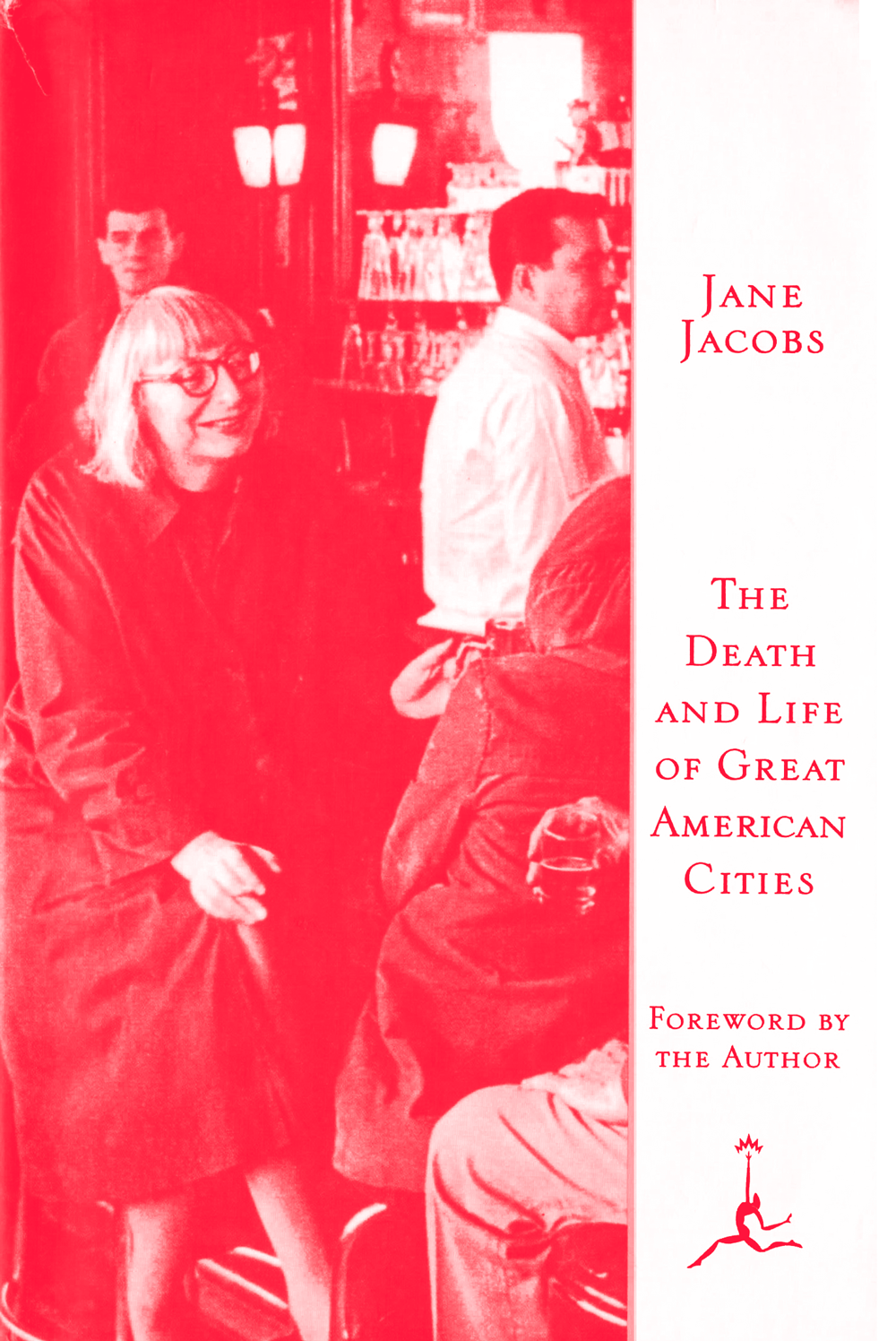
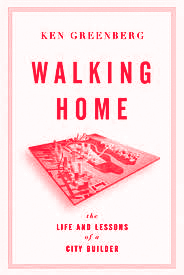
The planners and developers that she fought in order to preserve West Greenwich Village were among those who initially criticised her ideas. Robert Moses has generally been identified as her archrival during this period. Since then, Jacobs’ ideas have been analysed many times, often in regards to the outcomes that their influences have produced. In places like West Greenwich Village, the factors that she argued would maintain economic and cultural diversity have instead led to gentrification and some of the most expensive real estate in the world. Arguably, her own white-collar family’s conversion of an old candy shop into a home was indicative of the gentrifying trend that would continue under the influence of Jacob’s ideas. However, gentrification was also caused by “the completely unexpected influx of affluent residents back into the inner city”. The extent to which her ideas facilitated this phenomenon was at the time unimaginable. For example, she advocated the preservation of older buildings specifically because their lack of economic value made them affordable for poor people. In this respect, she saw them as “guarantors of social diversity”. That many of these older structures have increased in economic value solely due to their age was implausible in 1961. Issues of gentrification have dominated criticism of Jane Jacobs’ planning ideas. But her concepts have also been criticised more broadly. For example, although her ideas of planning were praised at times as “universal”, they were criticized as inapplicable when a city grows from one million to ten million
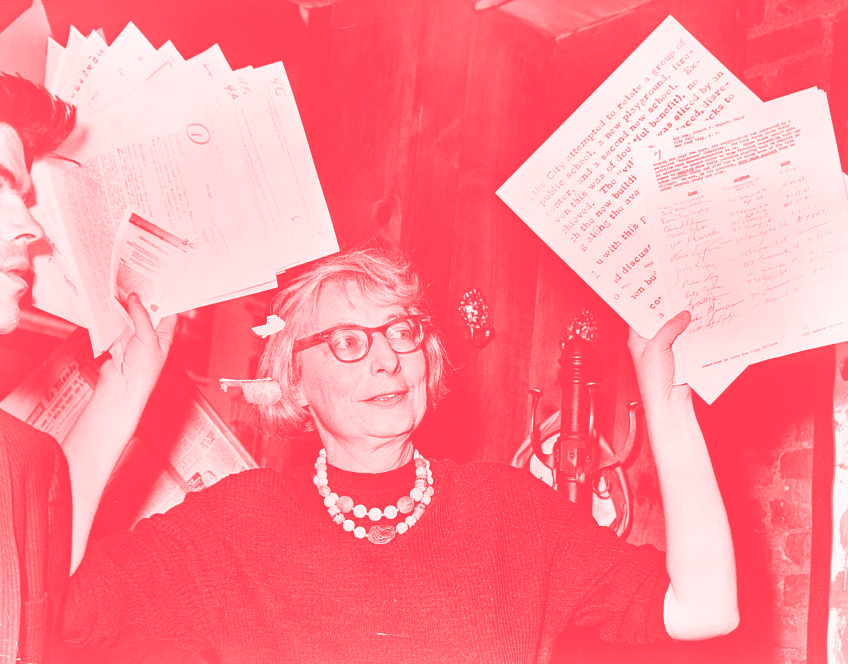
Alexiou, Alice Sparberg. Jane Jacobs: Urban Visionary (2006) New Brunswick: Rutgers. Toronto: HarperCollins.
Flint, Anthony. "Wrestling with Moses" (2009) Random House.
Goldsmith, Stephen A. and Elizabeth, Lynne What We See: Advancing the Observations of Jane Jacobs (2010) Oakland, California: New Village Press.
Klemek, Christopher. The Transatlantic Collapse of Urban Renewal, Postwar Urbanism from New York to Berlin (2011) Chicago: Univ. of Chicago Press.
Articles
Mark Rosenfelder (2000) “It's the cities, stupid: Jane Jacobs on cities”.
Peter L. Laurence (2006) “Contradictions and complexities: Jane Jacobs’ and Robert Venturi’s complexity theories”.
Simon Jenkins (2006) Adapt, don't destroy: Leeds is the template to revive our scarred cities.
Peter L. Laurence (2006) “The Death and Life of Urban Design: Jane Jacobs, The Rockefeller Foundation, and the New Research in Urbanism”.
Pierre Desrochers and Gert-Jan Hospers (Spring 2007) “Cities and the Economic Development of Nations: An Essay on Jane Jacobs’.
Pierre Desrochers, “The Death and Life of a Reluctant Urban Icon,” A Review Essay on Jane Jacobs: Urban Visionary by Alice Sparberg Alexiou.
Ellerman, David (2005). “How Do We Grow?: Jane Jacobs on Diversification and Specialization.”
Peter L. Laurence (2007) “Jane Jacobs (1916-2006): Before Death and Life”, Journal of the Society of Architectural Historians.
